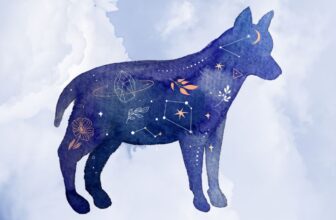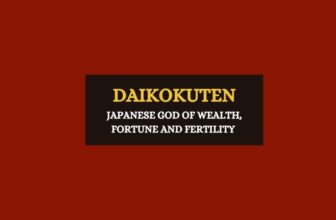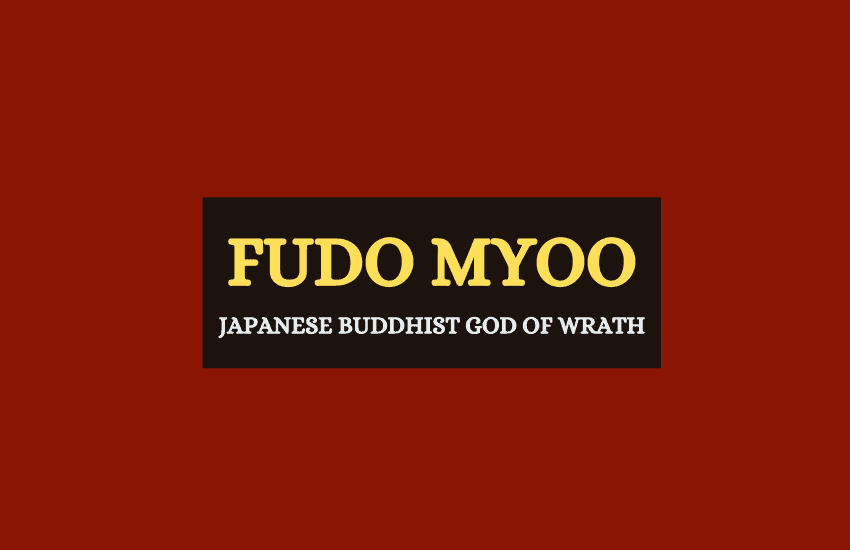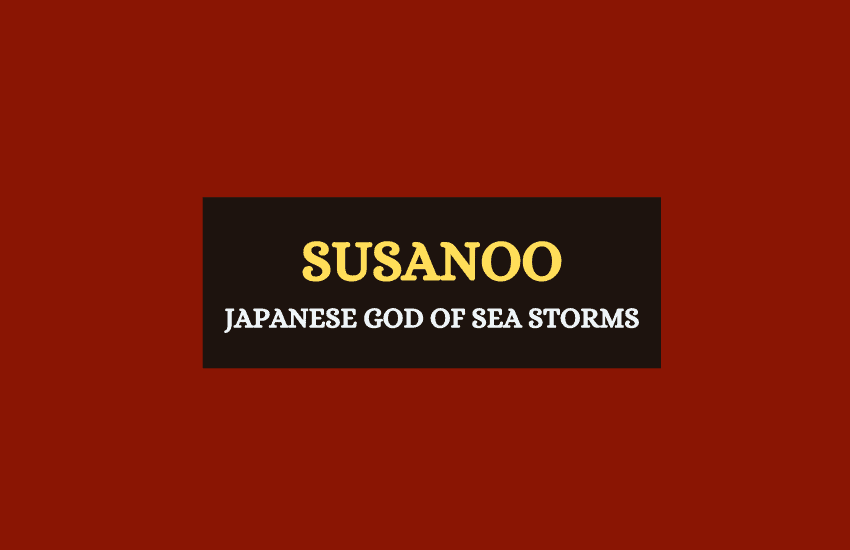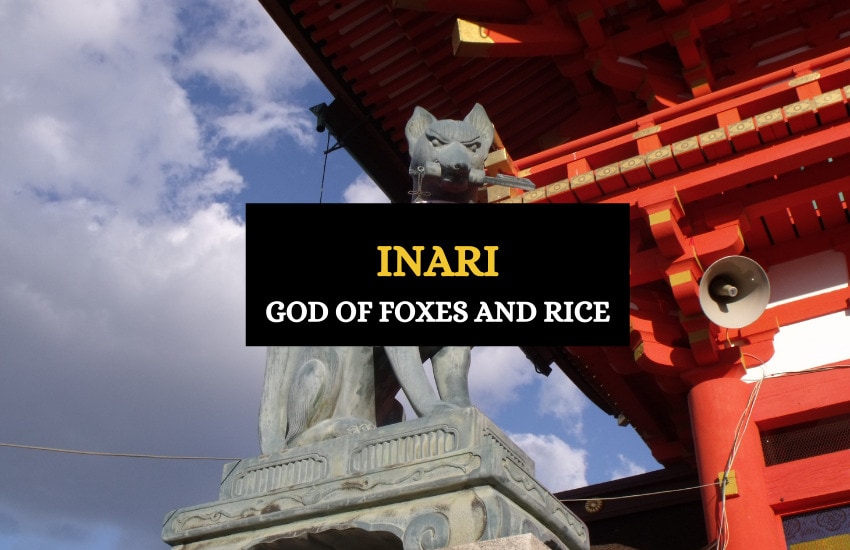
Table of Contents
When reading about Shintoism, there’s one deity whose names you’ll see over and over again – Inari Ōkami, Ō-Inari, or just Inari. This kami (deity, spirit) is neither the most powerful deity in Shintoism, nor a Creator or a Ruler god of some kind.
And yet, Inari is the most popular and most commonly worshipped Shinto deity. About a third of all Shinto temples in Japan are devoted to this peculiar kami. So, who exactly is Inari and why is she or he so popular?
Who is Inari?
Inari is the Shinto kami of rice, foxes, agriculture, fertility, trade, industry, prosperity, and much more. Depicted as an old man, a young and beautiful woman, or an androgenous deity, Inari’s worship differs greatly depending on where in Japan you are.

Rice, foxes, and fertility seem the constants in Inari’s worship, as they are the base symbols of Inari. The very name Inari comes from Ine Nari or Ine ni Naru, i.e. rice, to carry rice, or rice load. Needless to say, with rice being such a popular food in Japan, the wide spread of Inari’s cult is quite understandable.
As for the foxes – while their (positive) connection with rice is difficult to decipher, foxes are a popular symbol in Japan. The famous kitsune spirits (literally translating as fox in Japanese) were magical foxes with up to nine tails that could transform into people. Their preferred humanoid form was that of a beautiful young woman, which they used to trick, seduce, but also often help people.
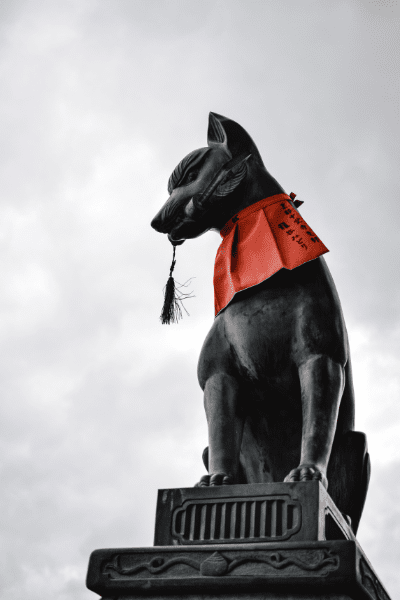
More importantly – foxes and kitsune spirits are said to be servants and messengers of Inari. The benevolent kitsune serve the rice kami whereas the malevolent ones rebel against the deity. In fact, many depictions of the deity, regardless of their gender, show Inari with foxes or riding a large white kitsune.
Symbolism of Inari
Inari is also a kami of dozens of different and completely unrelated things. She is a kami of agriculture, as well as of trade and prosperity. Fertility also remains a large part of Inari’s symbolism, not just in an agricultural sense but in terms of procreation as well.
In later periods, Inari became a kami of industry and progress as an extension of the prosperity symbolism. Tea and sake also became associated with Inari although we can’t really say why. Swordsmiths, blacksmiths, and swordsmen fell under Inari’s favor too, during Japan’s more militant periods in the Middle Ages.
Inari even became a patron kami of fishermen, artists, and prostitutes (not geishas) – as many of Inari’s shrines were built in the sections of towns and cities where these groups of people lived.
Such aspects associated with Inari were typically localized in one part of Japan or another. Eventually, some of them spread while others remained local.
The Many Faces of Inari

Inari doesn’t just symbolize various things; they seem to be more than just one deity too. That’s why the kami is portrayed as both male, female, or androgynous – because it’s literally not just one person.
For example, Inari, the old man, is said to be married to the goddess of agriculture Uke Mochi. In other myths, Inari is herself an agricultural and fertility goddess with many names. Inari is even present in many Japanese Buddhist sects. In Shingon Buddhism, she is associated with the Buddhist concept of the divine feminine daikiniten as that too is connected to foxes.
There’s also the connection with another Buddhist deity Benzaiten, one of the Seven Lucky Gods. Inari is also often equated with the Shinto grain deity Toyouke. In fact, she or he is often viewed as a variant of either of the many different Shinto grain, rice, and agricultural deities.
The reason behind this is simple – Japan’s islands used to be made up of dozens of different small city-states and self-governing areas. This had continued for centuries before the eventual, slow unification of the country. So, as this happened, and Inari’s cult started spreading through the land, many such local agricultural deities began to be substituted by or conjoined with Inari.
Inari’s Myths
Because Inari is essentially a collection of many local agricultural deities, there isn’t a solid base of myths about this kami as there is for others. One of the few widespread myths about Inari depicts her as a female kami that comes to Japan shortly after the islands’ creation. Inari came precisely at the time of a severe and long-lasting famine, riding on a white fox, and brought with them sheaves of grain to help the people in their time of need.
The myth isn’t really anything elaborate, but it perfectly encapsulates what Inari is to the followers of Shintoism.
Inari Powers and Abilities
Inari isn’t just a humanoid deity that gives rice and grain to people, of course. Despite the fact that most of her myths are localized and not widely spread, a through-line can be noticed – Inari is a shapeshifter.
This is a quality that the kami shares with her kitsune fox spirits who are also famous for their shapeshifting abilities. Like them, Inari also most commonly shapeshifts into a fox. Inari is also known to occasionally transform into a giant snake, a dragon, or a giant spider too.
Inari’s Many Shrines
Even though Inari doesn’t play an active role in Shinto’s Creation myth, nor does she/he/they have a solid place in Shintoism’s pantheon of deities, Inari is the most popular Shinto deity in Japan. Most estimates put the number of her shrines at around 30,000 to 32,000 with many speculating that there are even more. This means that Inari shrines account for about a third of all Shinto shrines in Japan.
Why is that the case? There are several much more significant Shinto deities out there. For example, the sun goddess Amaterasu is associated with the red circle of the sun on Japan’s flag. She seems like a kami worthy of 30,000+ shrines.
What makes Inari special, however, is that she or he is not one deity – they are many. And they represent many different things that when most Shinto followers in Japan choose to pray to someone, they will usually pray to Inari.
Importance of Inari in Modern Culture
Inari’s magical foxes, the kitsune spirits, are incredibly popular in modern culture. The god or goddess themselves, however, are less so. Still, you can see fictional versions of Inari in pop culture works such as the popular video game series Persona where the character of Yusuke Kitagawa represents Inari.
There’s also the cyberpunk survival video game The End: Inari’s Quest where Inari is one of the last surviving foxes in the world. In the Inari, Konkon, Koi Iroha manga, the character of Fushimi Inari is a little girl with the power to shapeshift. Still, most other Inari-related characters in modern fiction are indeed more connected to the kitsune spirits rather than Inari herself.
In Conclusion
Inari is a unique deity, not just in Japanese Shintoism and Buddhism, but arguably in the world pantheon of religions and gods. By all accounts, Inari is supposed to be a minor and inconsequential deity. She doesn’t take part in Shinto’s Creation myth nor in the religion’s overarching story. Yet, Inari represents so many things to the Japanese people that they worship her more devoutly than they do any other kami god.




